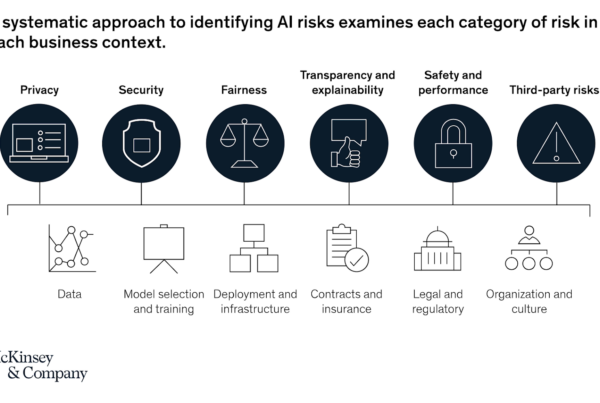The advent of the Digital Age has encouraged an accelerated process of innovation and integration — creating new solutions and technologies and rapidly integrating them into day-to-day operations and activities. Enterprises have ravenously consumed these new ideas and, in the process, become transformed. And if we thought we were moving fast, the pandemic certainly put an even greater spin on that. Disruption is a catalyst and a teacher. Disruptive events and global challenges in 2020 required rapid, split-second decisions.

These decisions, specifically in the case of hybrid and remote workforces, must now be re-examined to evaluate how they adapt to a reopened society. In a recent e-book report by Gartner, “Future of Work Reinvented,” researchers say that technological, generation, and social shifts all impact the future of work. According to the authors, a hybrid workforce model offers radical flexibility — a “composable” business composed of interchangeable building blocks that can scale up or down or swap out.
“The unintended experiment in mass-scale remote work shattered one of the most durable myths about the workforce: You can’t trust employees to do their jobs if you can’t see them.”
It is time to reconsider this and other outdated myths.
Composable thinking (“architecting or business for real-time adaptability”) is essential to overcoming workforce challenges and perpetuating a highly resilient organizational culture. This post summarizes remote Gartner’s remote work myth report and how composable thinking addresses each one.
7 Myths Standing Between You and the Hybrid Future of Work
Myth 1: “Our existing remote work strategy will work for a hybrid workforce.” An actual hybrid workforce model is centered on shared business objectives around productivity and engagement and is both adaptive and interchangeable according to the work and context. For a complete strategy, leadership will need to tackle economics, employee experience, and organizational enablement.
Myth 2: “Employees are less productive outside the office.” The question is no longer about whether employees can be productive; it’s what organizations can provide to help them be more productive (i.e., resources, managerial support, and skills support).
Myth 3: “We need to monitor and measure what employees are doing.” The reality is that employees thrive when given radical flexibility. Consider success measures in two broad categories: workforce outcomes and business outcomes.
Myth 4: “Our jobs just can’t be done remotely.” Look beyond roles — most jobs fall on the spectrum of fully portable and fully non-portable. For high portability workforces, organizations should offer complete work location and scheduling flexibility.
Myth 5: “We need in-person contact to sustain our culture.” Cultural values are changing. Orchestrate that change with an open hybrid workforce mindset and embrace values around collaboration, agility, and trust. Create intentional collision opportunities and teach employees to use formal and informal networks—these orchestrations ensure that innovation thrives.
Myth 6: “Hybrid workforce models hurt diversity, equity, and inclusion (DEI) strategy.” Whether in a hybrid model or not, the goal is to eliminate unconscious bias in talent recruitment and development. In addition, organizations should focus on accelerating sustainable DEI initiatives, including strategies like developing good everyday work habits, reviewing how work is assigned, and listening to employees.
Myth 7: “A hybrid workforce model duplicates our IT infrastructure.” Resilient, future-fit organizations need “Everywhere Enterprise” strategies, using technology, team structures, processes, skills, and tools to empower dispersed workforces, harness distributed infrastructures, and serve ubiquitous customer bases.
Real-time adaptability through composable thinking and business organization can help enterprises wipe away the foggy myths that threaten resilience and longevity. Culture, employee experience, flexibility, and digital transformation will accompany this new approach.











